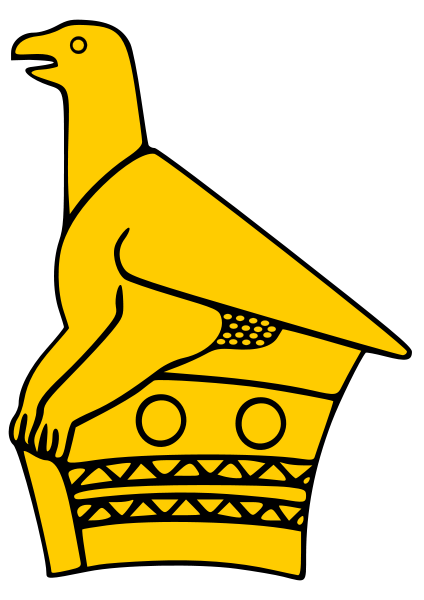Pioneer Days
Conventional Matabele Weapons
The most well-known and feared weapon the Matabele soldiers possessed was the assegai. Known locally as the isika the Matabele inherited this weapon from the Zulu and it consisted of a 15cm blade and a shaft about 45cm long. However by 1896, this was not their archetypal weapon as the throwing spear (isihula) was accepted into the official armoury as well as a host of new designs and shapes, borrowed from the Tonga and Shona. The Matabele did forge their own weapons but relied heavily on vassal smiths to provide the bulk of weapons and tools manufactured in the latter half of the 19th century (Hubbard 2006; Hughes & Summers 1955). Inevitably the designs already found on the Zimbabwean plateau began to permeate the Matabele army. Usually a Matabele soldier carried at least three spears tucked into their shield: one for stabbing, one for throwing and a smaller stabbing held in reserve.
The Matabele had also adapted battle-axes for use in warfare although these weapons were held in lower regard than the more “traditional” spears. In fact, axes were not allowed to feature at important rituals (such as the first fruits ceremony, inxwala) and traditionalists today insist that it is only a “Shona” addition to the arsenal. Knives as offensive weapons are regarded in the same manner. Knobkerries of various sizes and weights were carried and used to finish off the enemy.
Conventional Shona Weapons
The Shona had used throwing spears for centuries and the shapes varied greatly depending on the region and intended use. Knobkerries (tsvimbo) were popular and today's varieties are much stylised when compared to those used during the war and even from the time of the Munhumutapa Empire.
Battle-axes (gano) were very popular and came in two main types. The first is a large semi-circular bladed weapon, some more sturdy than others. A second type is more decorative and finely made; these seem to have been made for ceremonial purposes. Knives and daggers were commonly used, usually to finish off an enemy rather than for initial attack. Most had beautifully crafted scabbards, decorated with brass wire and delicate carvings. There are reports of some knives being long enough to qualify as short-swords and were used as such.
The next briefing on the terrible events of 1896 will account for the start of the war in Mashonaland including two of the most incredible acts of bravery ever recorded in Zimbabwe.
Significant Dates, Matabeleland late 1896
- May 2 - Relief of Gwelo
- May 6 - Relief of Belingwe
- May 14 - Plumer's Matabele Relief Force reached Bulawayo
- May 19 - Napier's troops combine with Salisbury Relief Force on Pongo River
- June 1 - Cecil Rhodes arrives in Bulawayo
- June 2 - Carrington assumes command of white forces in Matabeleland.
- July 4 - Bulawayo Field Force disbanded.
- June 6 - Final action along the Umgusa River, led by Spreckley
- June 11 - Reoccupation of Shiloh.
- June 15 - Reoccupation of Inyati.
- June 16 - News of start of uprising in Mashonaland reaches Bulawayo
- June 25 - Nyamanda is made King of the Matabele.
- July 5 - Attack on Ntaba-zika-Mambo Hills begins, led by Plumer
- July 19 - Plumer launches assault against Babyaan in the Matobo Hills
- July 20 - Battle at Laing's Rest, Matobo Hills, led by Laing against Dhliso, Mabiza and Hole
- July 20 – Battle at Nkantolo
- July 25 - Nicholson's fight near Inungu
- August 5 - Attack on Tshingengoma in eastern Matobo Hills
- August 21 - First Indaba between Rhodes and Matabele leaders
- August 28 - Second Indaba
- September 9 - Third Indaba
- October 13 - Fourth Indaba
- October 22 - Plumer's men disbanded
Sourced from the Zanj Financial Network 'Zfn', Harare, Zimbabwe, email briefing dated ? 2011


 South Devon Sound Radio
South Devon Sound Radio Museum of hp Calculators
Museum of hp Calculators Apollo Flight Journal
Apollo Flight Journal Apollo Lunar Surface Journal
Apollo Lunar Surface Journal Cloudy Nights Classic Telescopes
Cloudy Nights Classic Telescopes The Savanna - Saffer Shops in London
The Savanna - Saffer Shops in London Linux Mint
Linux Mint Movement for Democratic Change
Movement for Democratic Change